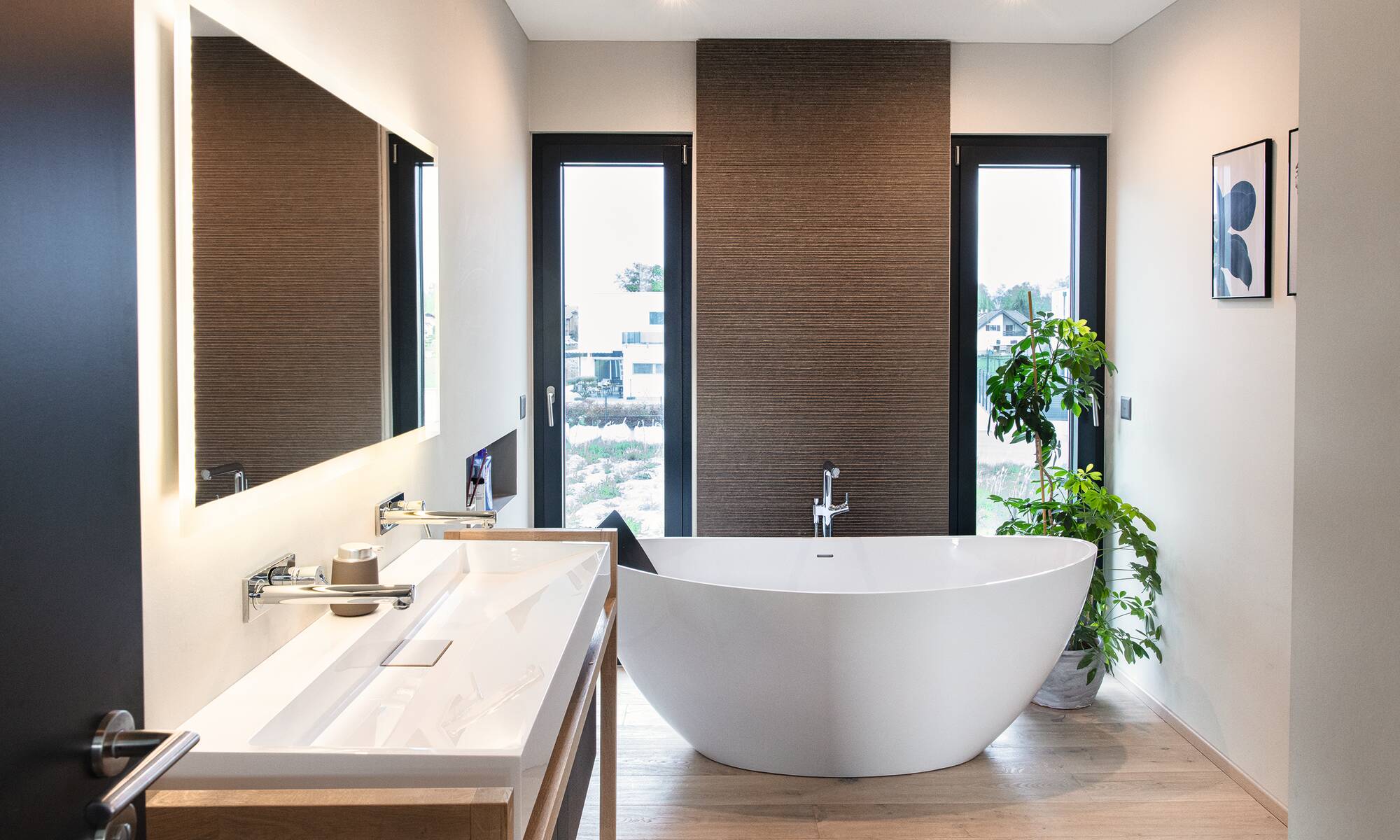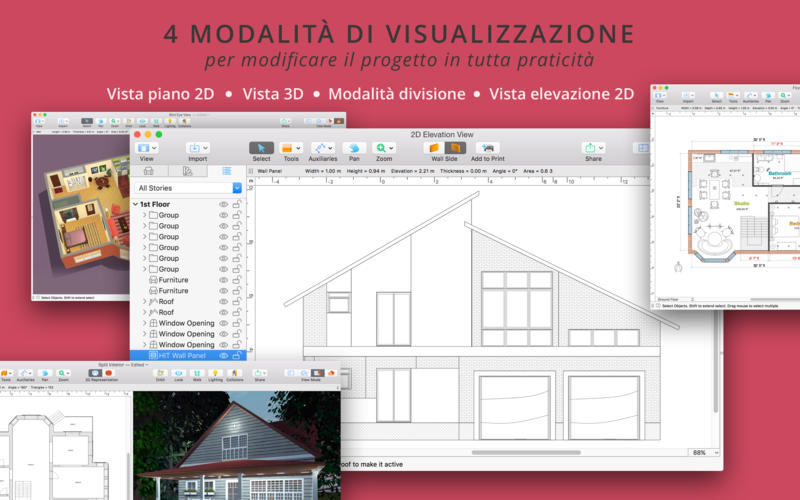

Otherwise, you will need to buy a small mitre box and hand saw, because you will be making lots of both 90 and 45 degree cuts.įor stain, we used three different stains and some paint to create five different “colors.” The stain colors we used were Minwax Classic Gray, Minwax Weathered Oak and, Minwax White Wash Pickling Stain. For the cutting, I recommend using a mitre saw if you have one or can borrow one. Now it’s time to cut your 1×2 pieces to the calculated length.

After you crunch through the equation, the length of each herringbone piece will be 19.448 inches, or just 19.5 inches to make life easier. In this example, if we are using 1×3’s and our overall herringbone design has a width of 60 inches, then W = 60 and y = 2.5. In this case, ‘y’ will represent the width of each herringbone piece. If you plan to use any other size than 1×2’s for your individual herringbone pieces, like 1×3’s for example, you’ll need to use the next equation. Your individual little herringbone pieces will be 11.67 inches long. So, for example, if your overall herringbone design has a width of 36 inches, then W = 36. Note, this equation works only for herringbone pieces that are 1.5 inches wide. I’ve done the triangle math for you, so all you need to do is plug in the overall width (not height) of your masterpiece, which in our diagram is represented by the letter ‘W’. Whatever size herringbone design you decide to make, there is a little formula you can use to calculate how long each small herringbone piece should be. I made a handy diagram to illustrate the next few instructions. Doing this requires a table saw, which most people do not own, so I recommend using 1×2 common boards for your project. Fence pickets are really cheap and rustic looking, but they are about 3 inches wide, so we cut them in half lengthwise.

2 or more wood stain colors of your choice, and/or paint.1/4 inch plywood (4’x4′ sheet), cut to desired size (have Home Depot or Lowe’s cut it for you).In fact, I’m going to break it down for you into 6 easy steps that you can do without a lot of fancy tools! I promise you can do this! If you think it’s too complicated, I’m here to assure you that it’s not. Once we made it, we fell in love with it, and thought it would make a great background for some wall decor. Here's the pattern for a "native" rotation of 45 degrees, but first see whether the above works for you, because it's far better for the accuracy of the pattern definition.In a previous post I shared with you a mudroom we recently completed for a client that had a fabulous backsplash with a wood herringbone pattern. For more direction than I can give, go to the Revit-specific Forums. The "model" type Region would use it in model-type size, and it can be at a rotation angle, unlike "drafting" type use of Hatch patterns, in which apparently rotation is not possible. If you're in a "drafting" type Region, a Hatch pattern is tied somehow to the "page," so presumably the 4x12 is an on-paper size, which would explain its being too large if you're dealing with drawings at reduced scale, such as floor plans. I'm not a Revit user, but I'm told what you need to do is use it in a "model" type of Region, not a "drafting" type of Region, which sounds very similar to the Model-space vs.
#Harringbone wood live home 3d pro how to#
Do someone know how to make this pattern with the correct scale and already rotated at 45 degrees? You, I loaded this into Revit but I had to bring the scale way down in order to see it. Also, I couldn't rotate it 45 degrees.


 0 kommentar(er)
0 kommentar(er)
